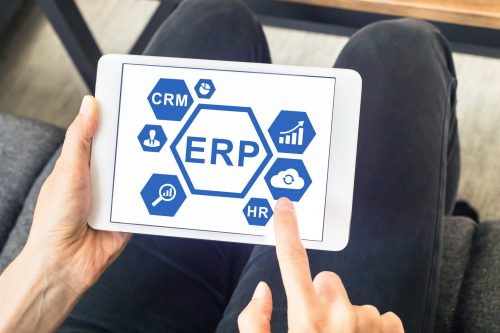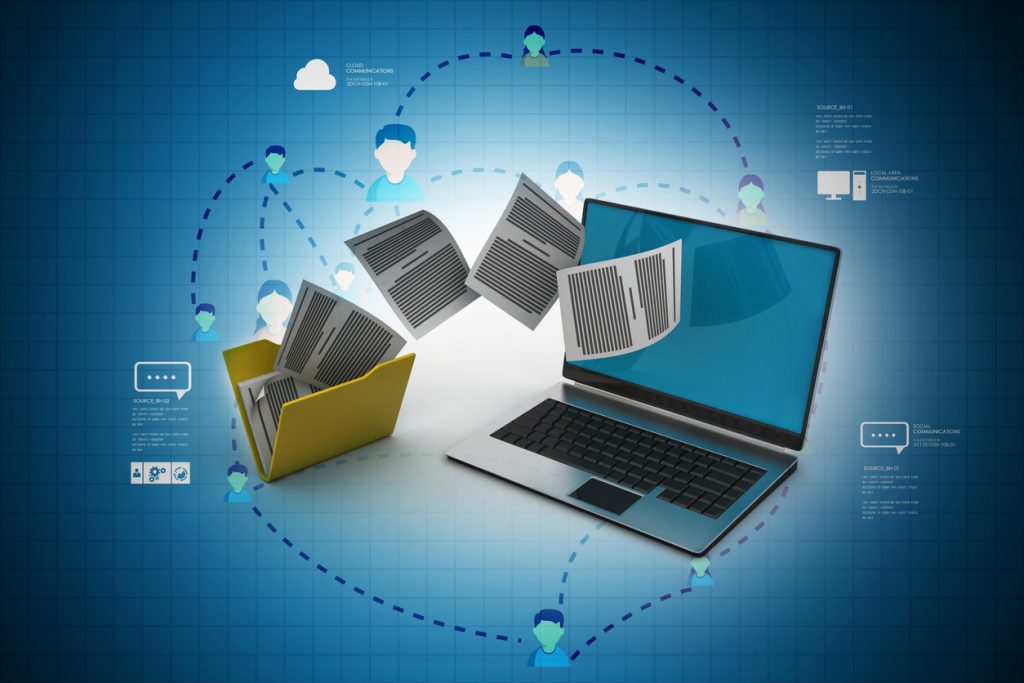This post was updated to reflect current trends and information.
According to forecasts of market research and business intelligence portal Statista by the year 2023, U.S. retail e-commerce sales amount will surpass 735 billion US dollars. In the current economic conditions, it is unlikely that any other industry can demonstrate such a rapid growth rate.
In the same token and according to Oberlo, the retail e-commerce sales worldwide are projected to grow to 6.388 trillion US dollars by 2024.
Let’s see what the key market players are betting on, and what trends will determine the development of the industry.
1. Efficient logistics and reduced delivery times

The world leader at this point is American Amazon. Back in the company’s report for 2018, it is indicated that the fastest delivery of the year was done in 8 minutes in Berkeley CA, and 9 minutes in Kirkland WA, Los Angeles CA, Seattle WA, Charlotte NC.

That sounds like something out of Science Fiction. But look: In the fight for customer loyalty, online stores of the leading e-commerce platforms such as Shopify, Magento, WooCommerce, Bigcommerce, Volusion and other reduce delivery times.
2. Mobile sales

As predicted (based on many studies and mobile e-commerce statistics) mobile web is booming. An American market research company Forrester forecasts that US retail sales via smartphone will grow at a compound annual growth rate (CAGR) of 18% over the next five years. Thus, with the increase in purchases from a mobile device, it is very important to make sure that your online store is designed for mobile viewing.
3. Augmented Reality Technologies

Augmented Reality Technologies inevitably follow the mobile web sales boom. Today, with the help of special applications, online store buyers can see how furniture sets will fit into their living room or, for example, which watch will look better on their hands. In 2021 AR technologies will become more sophisticated, but perhaps they will start to lose the WOW effect.
4. Using Big Data

The accumulation and analysis of consumer data is a powerful tool to increasing sales. By tracking user behavior in the network, retailers are able to make accurate offers to their customers thereby increasing the chances of making a purchase.
Large online stores have already accumulated a large amount of data about their customers. Now the question is, who will learn how to use this information more effectively – it will give a noticeable competitive advantage.
5. Social commerce and user-generated content

Online stores have long used content in social media to attract a loyal audience. In recent years, online sales are increasingly merging with social networks.
On the one hand, social media are introducing more and more new features for sales.
Facebook is already testing Live Video Mode for Sellers and the ability to process payments directly to Facebook Messenger.
Several e-commerce features have tested by Instagram over the past two years – including shopping tags, Promote Ads, built-in payments, and even a separate mobile app for shopping.
On the other hand, online retailers and marketplaces learn to use user-generated content.
Everything started with the reviews, but they were not limited. For example, users can write reviews, tips, articles about products and how to choose them.
6. Artificial intelligence and real-time interaction with the client

The times when the online store support service could not respond to the customer’s request for several days will irrevocably disappear. Now, online retailers are increasingly relying on chat-bots to help and advice customers. They work around the clock and instantly navigate in large volumes of information about goods and services.
7. Integration of ERP Software with e-commerce

Internal processes of e-commerce retailers are also switching to total automation. Previously, entire departments of employees were required to interact with suppliers and track items in warehouses.
Now, more and more successful companies, adopted ERP (Enterprise resource planning) software for management of core business processes. The most popular ERP software for e-commerce:
• Oracle JD Edwards
• Microsoft Dynamics family of ERPs
• SAP
• and other more ERP software solutions
Helpful Information:
Fully integrated with B2C or B2B e-commerce web-stores, an ERP software can power your business and move your online store to the next level.
8. Integrating e-commerce and CRM application

CRM (Customer-relationship management) system allows to collect, manage and use customer relationship data to improve your online business. CRM can eliminate lost sales, and help you build a loyal customer base.
Key e-commerce companies who run successfully their business on leading platforms for global trade such Amazon, eBay, Alibaba, Shopify, Magento etc., have already integrated their CRM with their online stores and enjoy the benefits.
Helpful Information: How to get more out of Salesforce with EDI Integration
9. Electronic data Interchange (EDI) and B2B e-commerce
Last but definitely not least: your e-commerce business should be supported by EDI (Electronic Data Interchange). In many cases, it’s almost impossible to trade without using EDI. In B2B e-commerce, EDI has become mandatory for trading with the majority of big retailers such as Target, Walmart, Home Depot or Costco, because they work exclusively with businesses that meet their EDI requirements and comply with their EDI specifications.
What are the benefits of EDI in e-commerce?
- Reduced document processing time
- Works all over the world, does not depend on time and provides a fast flow of information
- No errors related to manual data input
- Guaranteed delivery of messages (due to notify the sender about documents delivery);
- Acceleration of logistics operations
- Security and confidentiality of information
- Reduction of costs associated with paper circulation
Helpful Information:
For the last 21+ years, EDI2XML has been helping companies of all sizes, in their EDI integration projects. We take care of all aspects of EDI “complexities” due to our Fully managed EDI service.
Total Automation
Automation of everything that can be automated is the most important trend of our time. If you are looking to develop a high-volume e-commerce business, and you don’t yet have all the elements outlined, it’s time to start. We can help you with the most important part of e-commerce integration with ERP, CRM, and EDI.
Our “Fully managed cloud integration” service can solve all your integration challenges, and you’re your company achieve its business and technical goals in this highly competitive space.
Contact our team for a free consultation.




